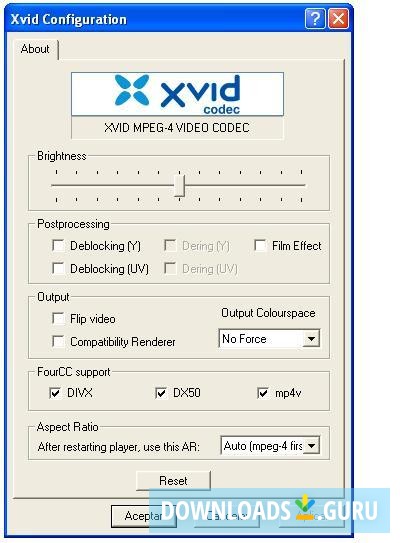

Prices are comparable to external drives for both DVD and Blu-ray players, but you should make sure you know how to put together a computer first, as you’ll need to have a spare SATA and power cable for the drive. If your laptop only has USB-C ports, you may need to buy an adapter.Īlternatively, if you’re using a desktop and you’d rather not mess around with external drives, you could always install an internal drive. Make sure that it is the correct type for your system. Most external optical drives, whatever they play and whether they write or not, use a USB cable to connect to your PC or laptop. Drives that can play but not write DVDs or Blu-rays tend to be on the cheaper end of the spectrum.

Depending on whether you want the ability to burn your own DVD/Blu-ray discs (often called a writer or rewriter), these can range in price from $20 to $40 for a DVD drive and between $50 and $100 for a Blu-ray drive. The easiest drive to use is an external one because you can plug it in as and when you need it and then put it away when it isn’t required. Fortunately, many manufacturers have stepped up to solve this issue by creating a bevy of external and add-in optical drives in all shapes and sizes to help you scratch that physical media itch. Even those that do are unlikely to have a Blu-ray drive built into them. Many PCs and especially laptops don’t ship out with a DVD drive at all anymore for space and cost-saving reasons. If you find that your PC or laptop doesn’t actually have a drive to play your DVD or Blu-ray in, you’re not alone. Step 1: Get a disc drive Jon Martindale/ Digital Trends This step-by-step guide will have you enjoying your DVDs and Blue-rays in no time. For the more severe media enthusiast, it's worth every penny. There are free ways to watch Blu-ray discs, but you get what you pay for and much more besides with Cyberlink's excellent PowerDVD 19. It's a handy piece of software to have on a media PC, and you can even use it to pull in content from YouTube and Vimeo, including 360-degree video. It offers support for 3D Blu-ray as well as regular discs, high frame rate playback, HDR, casting, and 4K UHD Blu-ray.Īdditionally, PowerDVD will also play any of your ISO files from Blu-rays or DVDs directly, so you've got everything you need under one roof. If you're interested in something a little more feature-filled, there are numerous apps out there. Nevertheless, it's reliable and gets the job done. It also supports DVDs, and while you're not paying for it, you're only getting a bare-bones Blu-ray player. Perhaps a better -and also free- method is the Leawo Blu-ray player application. It's not necessarily the best option, but if you're a heavy VLC user already, it's at least an option. Natively, VLC won't just play your Blu-ray discs, so you'll need to do some tweaking. The first option to mention is the good old Swiss Army Knife, VLC.


 0 kommentar(er)
0 kommentar(er)
